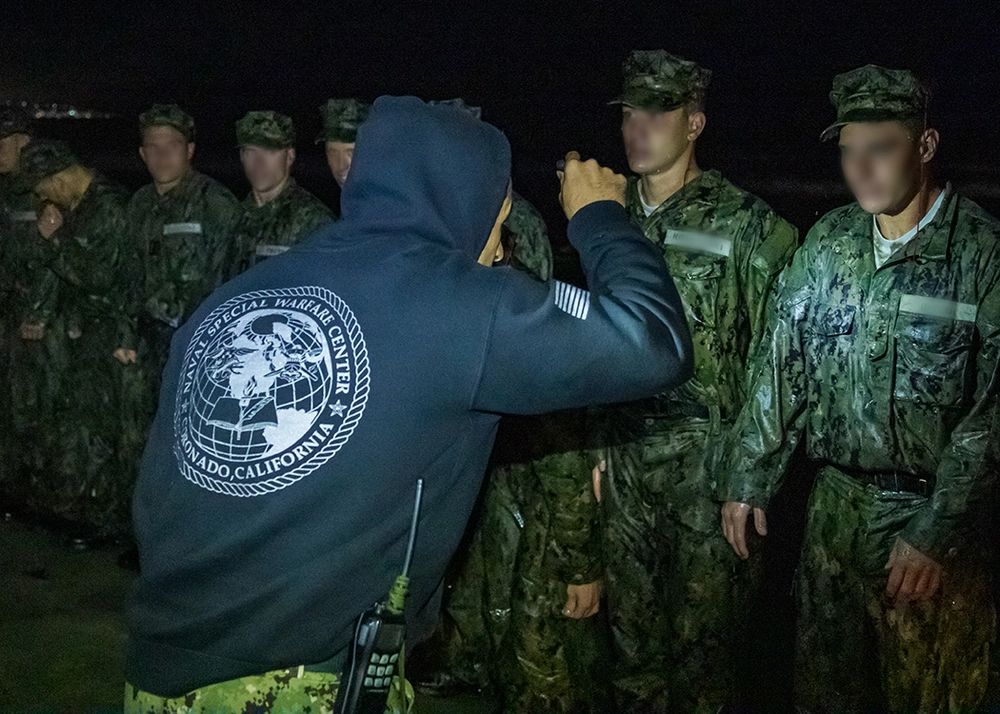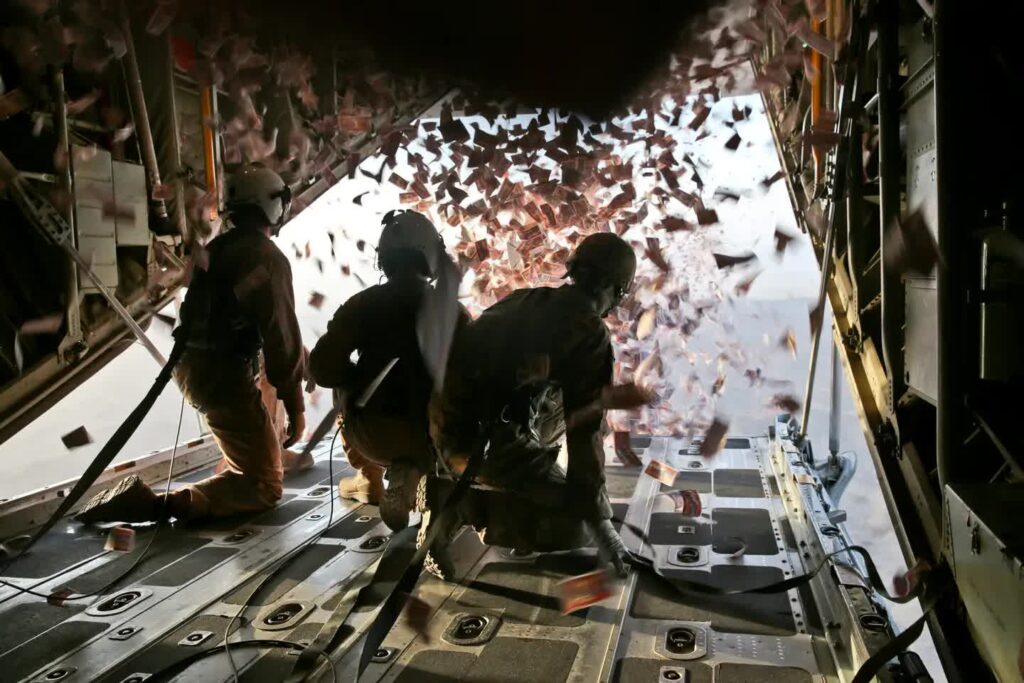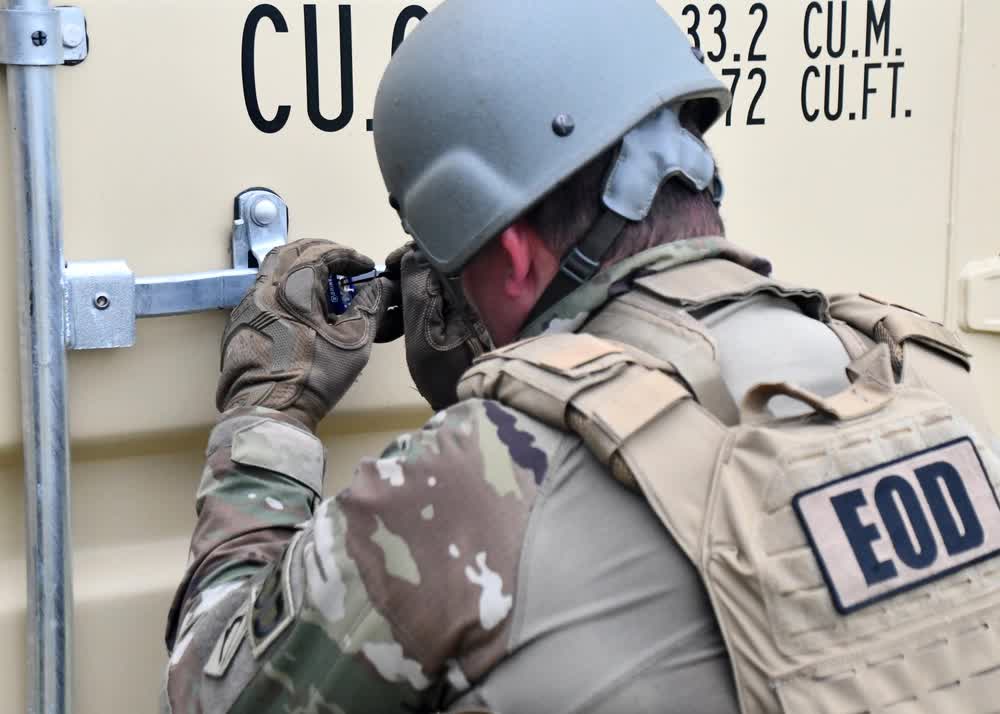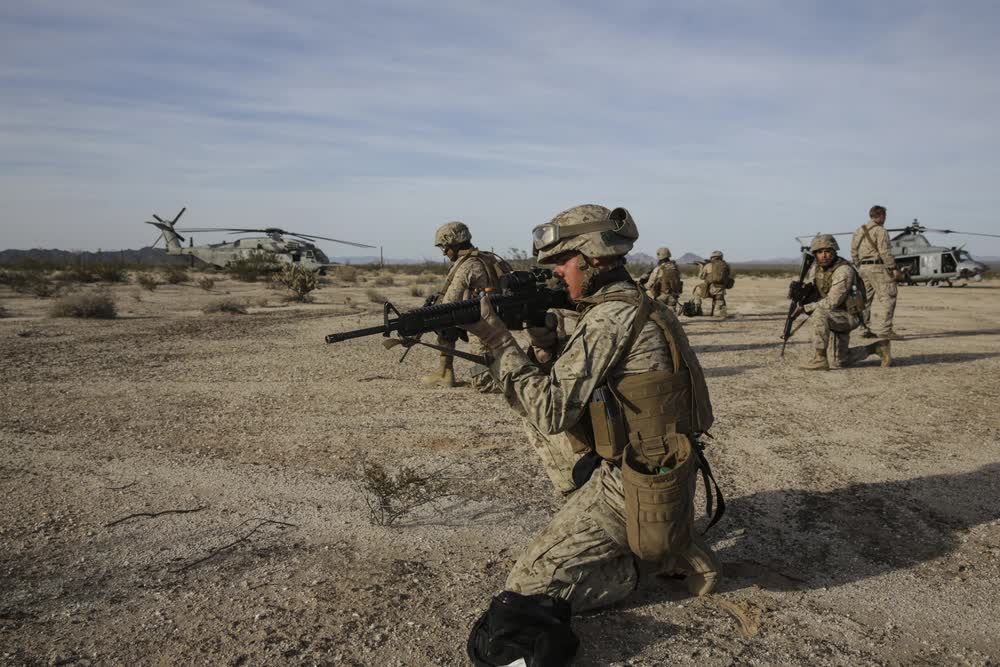The U.S. Navy’s Naval Education and Training Command has released its full report on the death of Seaman Kyle Mullen, who passed away following completion of Hell Week during Basic Underwater Demolition/SEAL (BUD/S) Training in February 2022. The 198-page report points to systemic failures in the medical staff at BUD/S as contributing to Mullen’s death. Those failures included inadequate medical oversight of BUD/S trainees, insufficient relay of critical medical information between medical personnel, and a lack of recognition that Mullen was even suffering from bacterial pneumonia at the time of his death. The report also makes a number of recommendations to avoid future tragedies in BUD/S training.
The Navy’s investigation included over 100 interviews of both students and instructors directly involved with Mullen’s BUD/S Class 352, as well as many interviews of past and present students, medical personnel, and other support personnel at BUD/S. The Navy found that Mullen died in the line of duty, and that his death was caused by acute pneumonia due to Streptococcus pyogenes. It also found that Mullen’s death was not due to his own misconduct, despite various Performance Enhancing Drugs (PEDs) being found in his vehicle after he passed away.
Related: Researchers want to prevent injuries in Soldiers before they happen
Factors that led to Mullen’s death
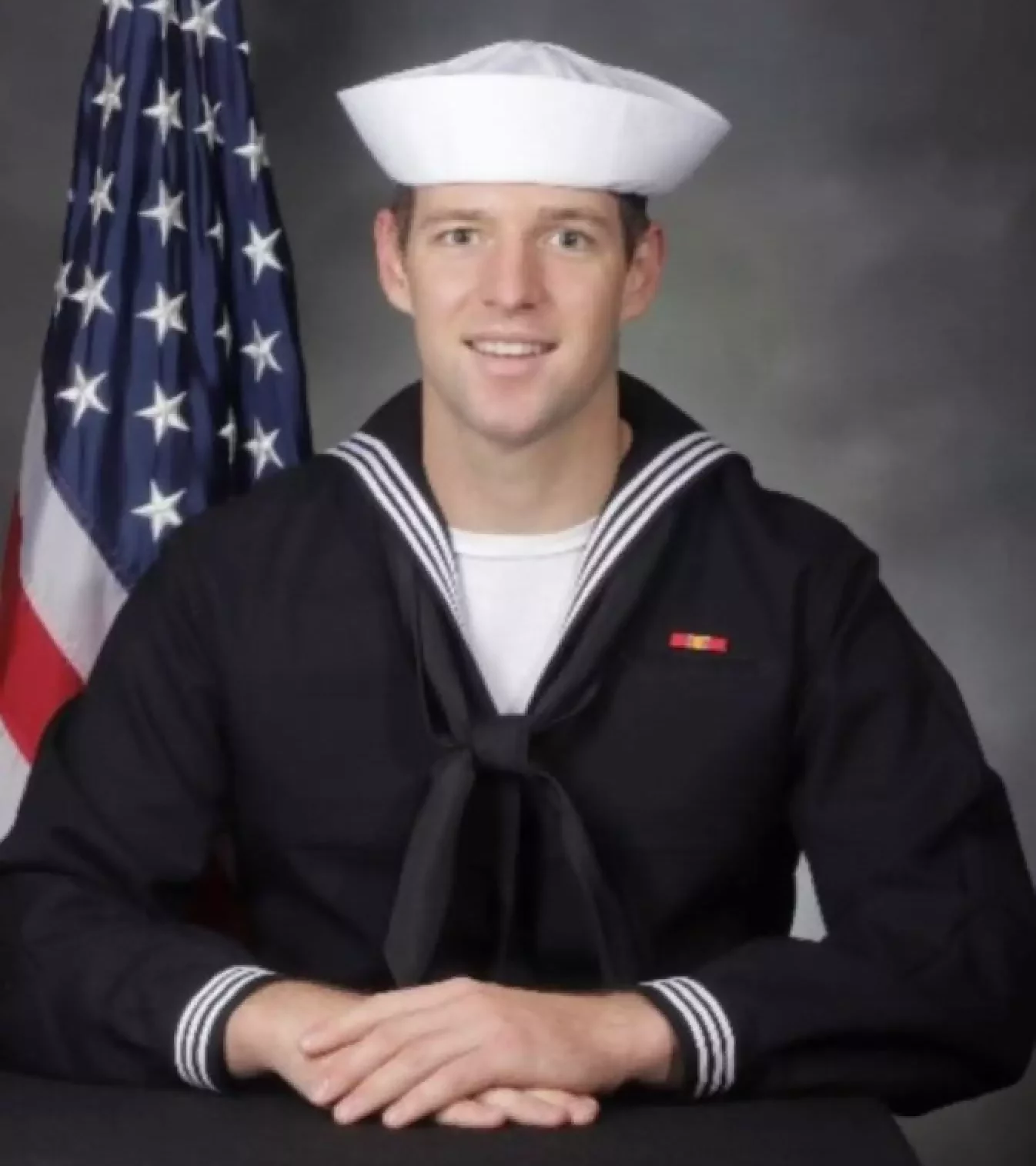
The Navy’s report found that Mullen’s condition wasn’t assessed properly. Primarily, the SEALs’ medical structure in place during Class 352 failed to provide adequate care to Mullen. The report also found that Mullen didn’t act in his own medical self-interest at all times, repeatedly refusing medical care because he assumed it would result in his being held back or dropped from the training. This unwillingness to divulge important medical information was both accommodated and enabled by fellow students and staff.
BUD/S training falls under the Naval Special Warfare Center (NSWCEN), commonly called The Center, in Coronado, CA. Its two medical components — Basic Training Command (BTC) Medical and NSW Center Medical — both failed to “specifically address medical practice, protocols, or standard operating procedure for the delivery of health care to candidates in the field or at evolutions during SEAL/SWCC training, to include Hell Week,” the report states.
BTC Medical, specifically, which had direct care of Mullen during Hell Week, “did not specifically address medical practice, protocols, or standard operating procedure for the delivery of health care to candidates during SEAL/SWCC phase training to include Hell Week.”
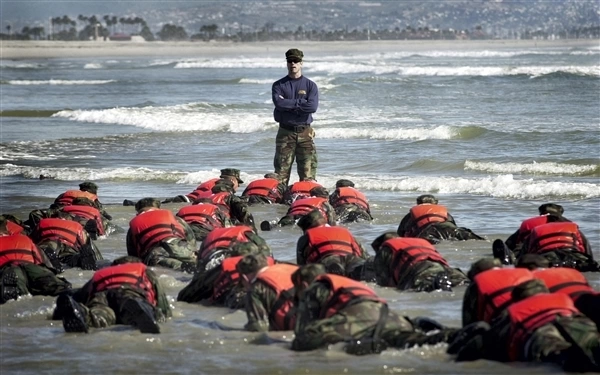
That is a pretty incredible finding, given how long BUD/S has been putting on Hell Week, how medically perilous Hell Week is, and how tightly controlled the entire BUD/S program is. It seems unbelievable that a robust medical monitoring and care program for BUD/S trainees would not be in place and operating at a high level. Yet, that is what the report found to be the case in the timeframe of Mullen’s death.
Further, commanders provided “insufficient oversight” of an NSW medical system “without a clear command and control structure and clear delineation of roles and responsibilities,” according to the findings. The report goes on to state that “medical operated without standardized practices of orientation, integrated training and drills, or care, and without assured communication of patient information between its different components.”
According to the report, Mullen’s fellow BUD/S students noticed his deteriorating health while he steadfastly withheld that same deterioration from medical staff. Nor did the medical staff adequately assess his condition or relay updates between various personnel involved in his care. Mullen was determined to make it through Hell Week, and for that reason, he concealed his true condition.
Related: Leader humility: the foundation of a healthy organization
Changes made to BUD/S
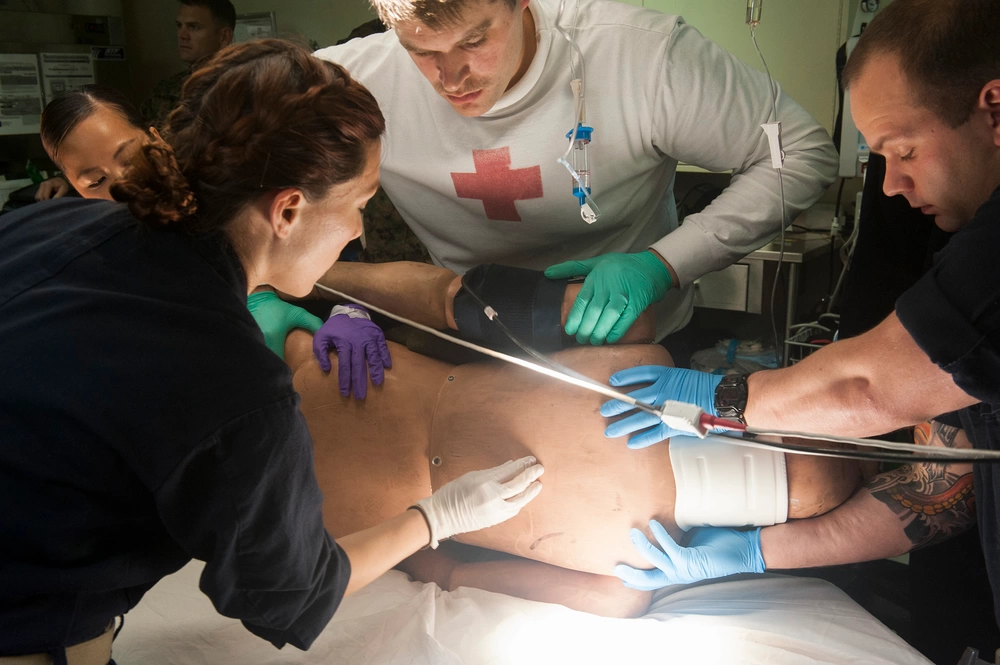
Among the changes to BUD/S made after Mullen’s death was a renewed focus on training the instructor cadre across all facets of “implementing the curriculum,” and training to the standard, not merely conducting training to force students to quit. The Center’s medical program was also restructured.
The medical department was consolidated from two entities down to one. The Medical Operations Division within that newly-consolidated department is now responsible for “developing and promulgating medical policy, standing medical orders, and medical clinical practice guidelines that support and guide field corpsmen in the delivery of health care in the field.” This means in theory a section now exists within the medical department that is laser focused on BUD/S students and the various ailments they might experience throughout the training. How this had not already been implemented previously is a mystery to this writer, but regardless, it is a change that needed to occur. The investigative report states that the reorganization continues at the present time, with some confusion remaining.
Further, during Hell Week, the medical department will now staff the medical clinic 24 hours a day with a medical provider and additional personnel instead of closing on Friday after end-of-Hell Week medical checks, the clinic remains open until the candidates are released from monitoring the following Saturday morning.
Related: How Navy SEAL candidates recover after Hell Week
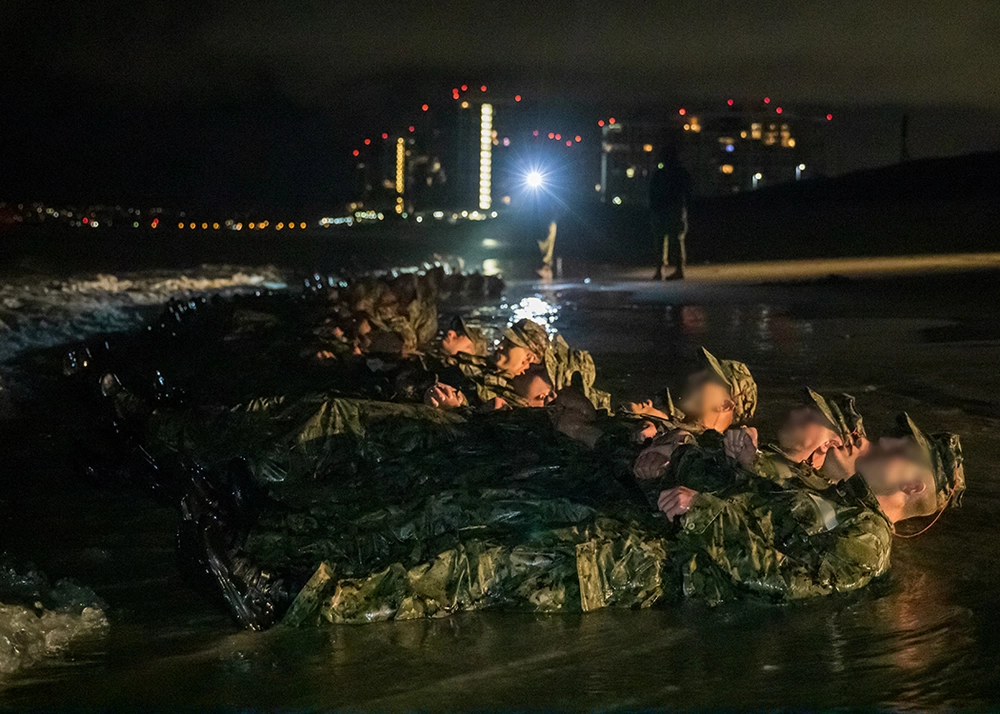
The Center also implemented a new system of medical monitoring within the barracks for the post-Hell Week period. All students must spend a minimum of 24 hours under observation after Hell Week, and all students are assessed and categorized based on the severity of their medical condition.
Those assessed as “Green” (low risk) are stable for rest and recovery for 24 hours in the barracks with a corpsman (enlisted medical provider) and instructor present at all times. Those assessed as “Yellow” need additional supervision, and so remain in the Medical Clinic under the direct observation of a medical provider, until they are assessed as low risk. Finally, those assessed as “Red” need higher or advanced medical care and are sent to Naval Hospital Balboa, or to Sharp Memorial Hospital Coronado Island if the concern is an emergency.
This basic triage and monitoring system would possibly have saved Mullen’s life had it been in place for Class 352 and assuming medical personnel could have overcome Mullen’s reluctance to divulge his true condition.
The report also made a number of other recommendations, which dealt with improving the selection, training, and quality of BUD/S instructors and the curriculum itself, and how it is implemented. It also dealt with the issue of PEDs, which should have been an entirely separate report in this author’s opinion. Finally, the report discussed ways to identify and mitigate risk in training, in more general terms.
The death of Seaman Mullen was a tragedy caused by a cascade of factors. Sadly, it likely will not be the last death at BUD/S, but it should certainly be the last one that could have been prevented by a more thorough and systematic medical monitoring and care program. NSW leaders need to do better to identify and eradicate preventable deaths at BUD/S.
Feature Image: U.S. Navy SEAL candidates in class 358 participate in “Hell Week” during first phase of Basic Underwater Demolition/SEAL (BUD/S) training 29 Jan. 2023. (U.S. Navy photo by Petty Officer 3rd Class Dylan Lavin/Naval Special Warfare Center)
Read more from Sandboxx News
- Still in Saigon: How a Vietnam War song can speak to all veterans
- These are 7 finer things that military video games get wrong about combat
- #MURPH – Being physically fit and financially lit are equally important In the military
- The bravery of a Marine guerrilla in World War II
- A Russian soldier’s newly translated account of the war in Ukraine reveals the poor state of Russia’s military
